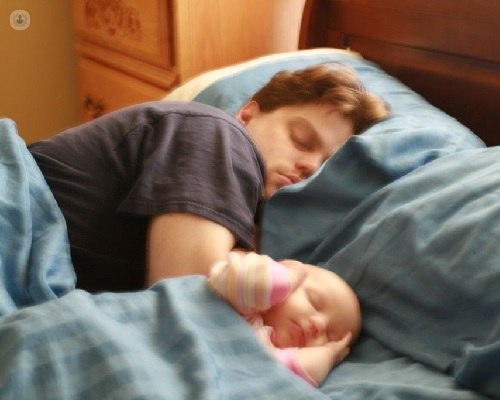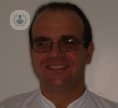How to end snoring and sleep apneas
Written by:Snoring and obstructive sleep apnea severely impair the rest of more than 50% of the adult population, over 40 years, with the consequent alteration of health and social relationships of those who suffer from this disease.
When we sleep, the tongue relaxes and covers the airways. Sometimes, this action is combined with the descent of the soft palate, which also clogs the respiratory tract. When the opening of passage is reduced, the air vibrates the back of the tongue and this causes the snoring. Sometimes, these snoring are so severe that they suppose the appearance of nocturnal obstructive apneas that can have serious implications for the health. In these cases, although air entry is impeded, the movement of the diaphragm muscles continues. This phenomenon causes the patient to wake up with a loud snoring and then go back to sleep. The repetition of this symptom causes the fragmentation of sleep, poor cellular oxygenation and tiredness the next day.

The people most prone to emit snoring are those who suffer an occlusion with retrusion of the jaw, since it is easier for their tongue to move backwards. They also snore people who suffer an overoclusion , that is, when the upper incisors practically prevent seeing the lower ones while the mouth is closed. This joint dysfunction can also cause oral pain , so treatments for snoring are beneficial to avoid joint comprehension and headaches .
There are nocturnal apneas that can cause death. Therefore, when it is detected that the case is serious -through an apnea meter (oximeter) that is sent to the patient's home and that measures the number and intensity of the same- an analysis of deep sleep is indicated, and the treatment will be done in a multidisciplinary way. In addition to the dentist, in these cases the otolaryngologist, the endocrinologist or the cardiologist will intervene.
On the other hand, if apneas are mild or moderate, four different treatment systems can be performed. The first consists of an orthodontic appliance that advances the lower jaw during sleep, forcing the tongue to also go forward. The second uses an intraoral device that advances the jaw and moves the tongue. The third, less used, elevates the soft palate; and the fourth is a device that simply facilitates nasal breathing during sleep. These methods are more effective and economical than other aggressive methods such as certain surgical interventions , as well as being more comfortable than the classic CPAP , the oxygen pressure machine that many patients have difficulty adapting to.. However, most of them end up getting used to this device and many can not sleep without it.
These treatments help patients improve sleep , with the consequent increase in quality of life , energy and rest thanks to the fact that the body has not suffered interruptions in breathing.


